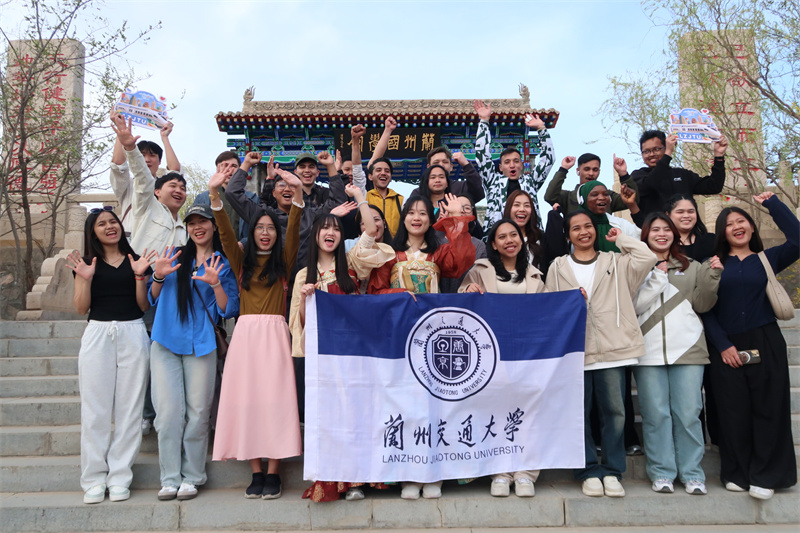On April 20, a unique celebration of International Chinese Language Day was held at Wensu Pavilion and Lanzhou Sinology Museum. Activities themed "Poetry as a Medium to Pass on the Charm of Chinese Culture” brought an immersive experience to foreign teachers and students through diverse forms such as poetry recitation, calligraphy experience, exploration of the Si Ku Quan Shu (the Complete Library in the Four Branches of Literature), and short video creation.
In Wensu Pavilion, the lecturer explained in detail the compilation process of the Si Ku Quan Shu: “it took 15 years to complete the compilation, including more than 3,500 kinds of canonical books, of 79,000 volumes, and about 800 million words, which can be called the largest cultural project in ancient China.” Through the vivid explanation, the foreign teachers and students learned that this series of books are arranged according to the classification of the four parts of “Jing, Shi, Zi and Ji”, each of which contains a unique cultural value: “Jing” carries the classical wisdom of Confucianism, “Shi” records the civilization of five thousand years of China, “Zi” gathers the essence of the thoughts of the hundred schools of thought, and “Ji” shows the literary achievements throughout the ages. In particular, the lecturer used the metaphor of “spring, summer, autumn and winter” to illustrate the significance of the compilation of the Si Ku Quan Shu: just as the change of seasons maintains the laws of nature, the systematic organization of the Si Ku Quan Shu maintains the inheritance and development of Chinese culture.“This is simply the paper Great Wall!” said Yemeni student Yousef. Jahan, a Turkmen teacher, lamented, “I thought the four great inventions were the greatest, but I didn't realize there was such a cultural project.”
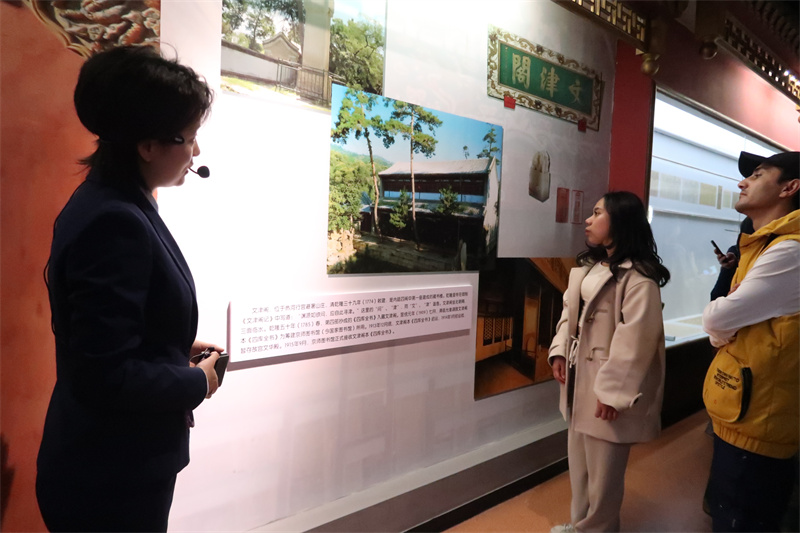
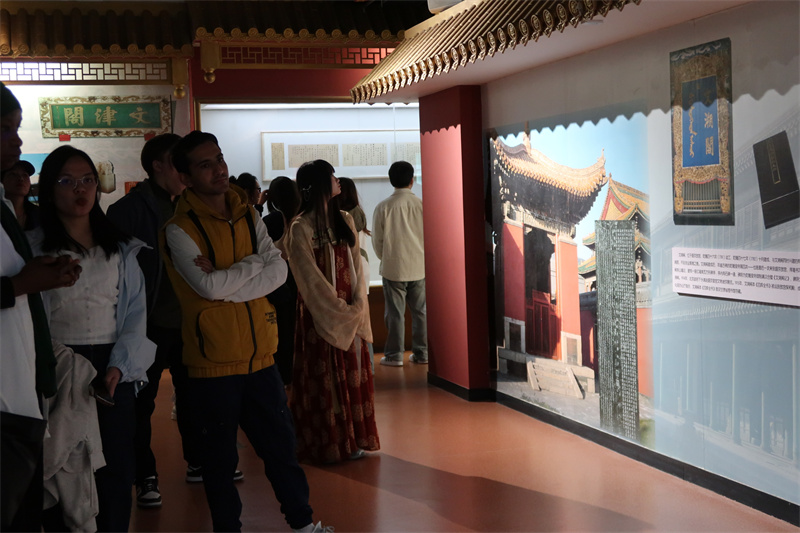
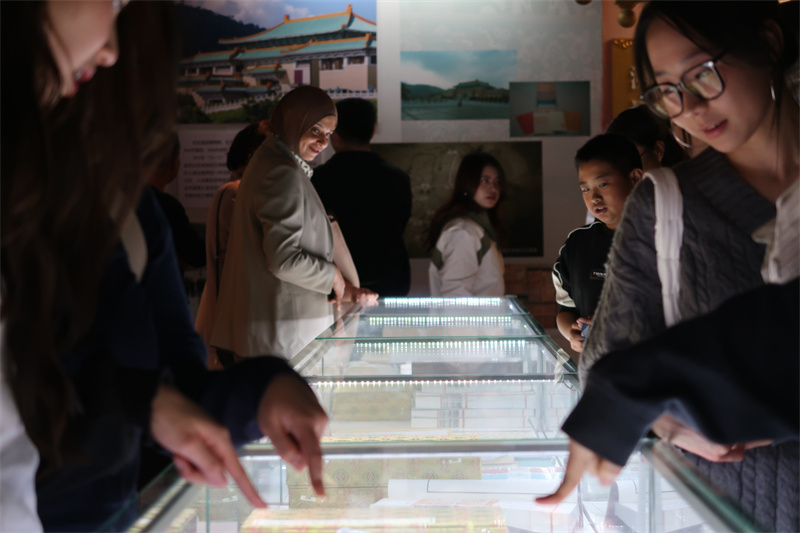
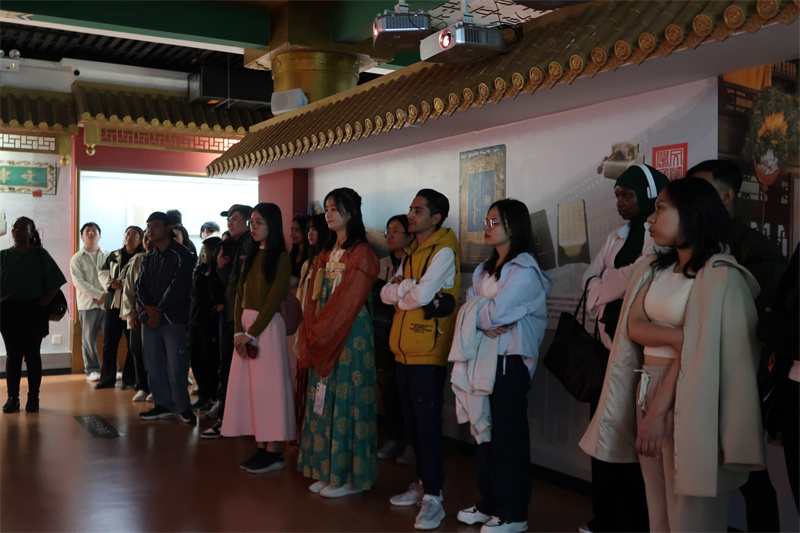
In Lanzhou Sinology Museum, a poetry dialog across thousands of years was staged. Kazakhstani student Daniyar talked about the life of Li Bai in fluent Chinese, and Thai students interpreted the poem “Baidi City”; Burmese students dressed in Chinese costumes and interpreted Du Fu's feelings for the country, and Mongolian students analyzed the true meaning of Bai Juyi's creation. The beautiful voice of Vietnamese student Lin Yu reciting “Remembering the South of the River” and the Guinean student He Feng leading the audience to recite the “Lanting Preface” formed a harmony of time and space, winning the audience's applause.
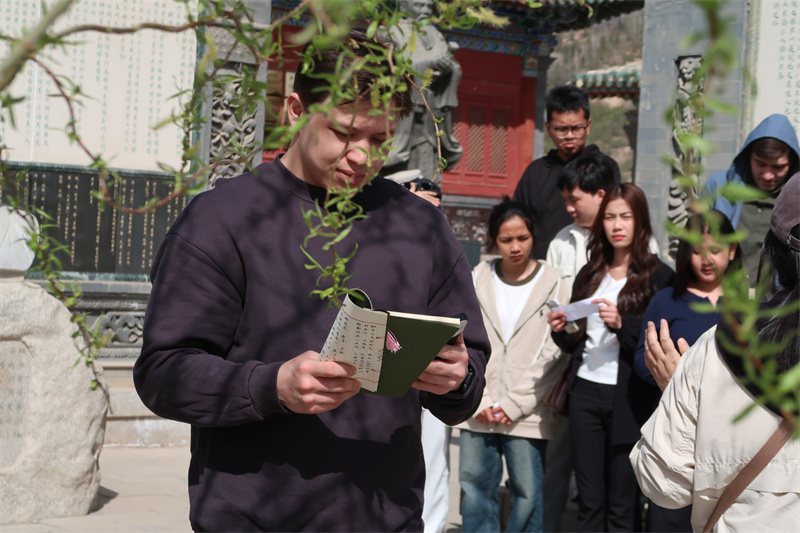
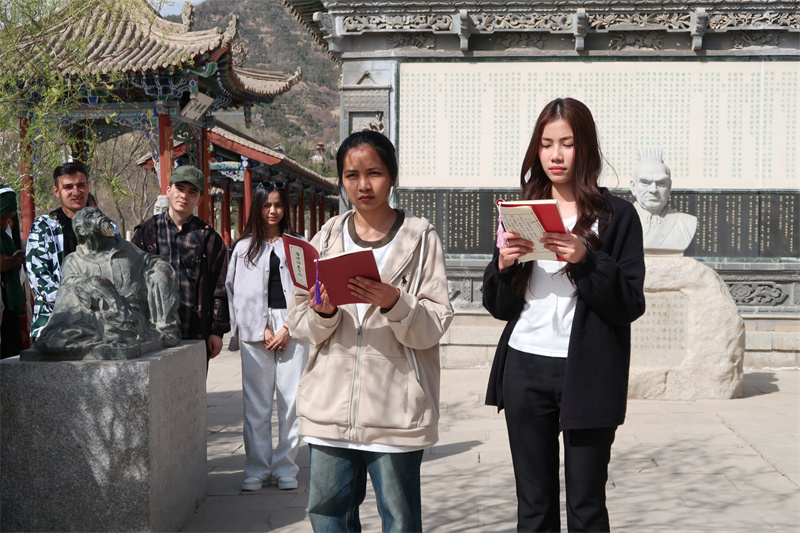
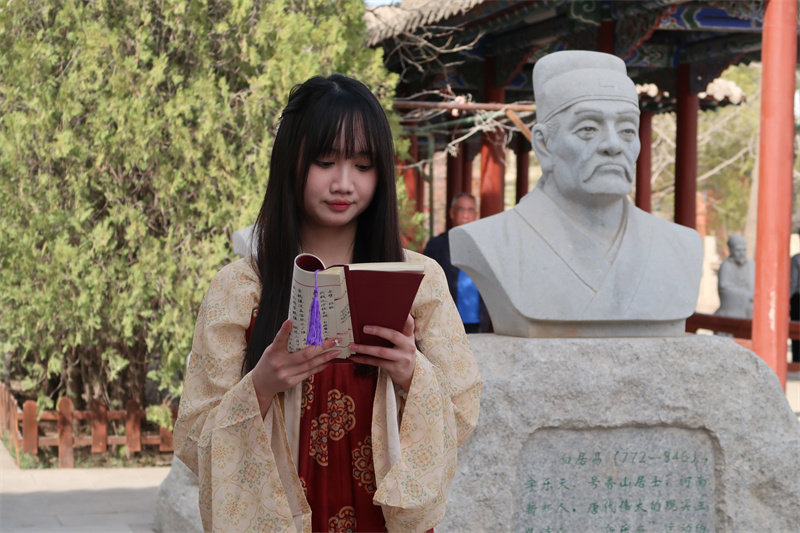
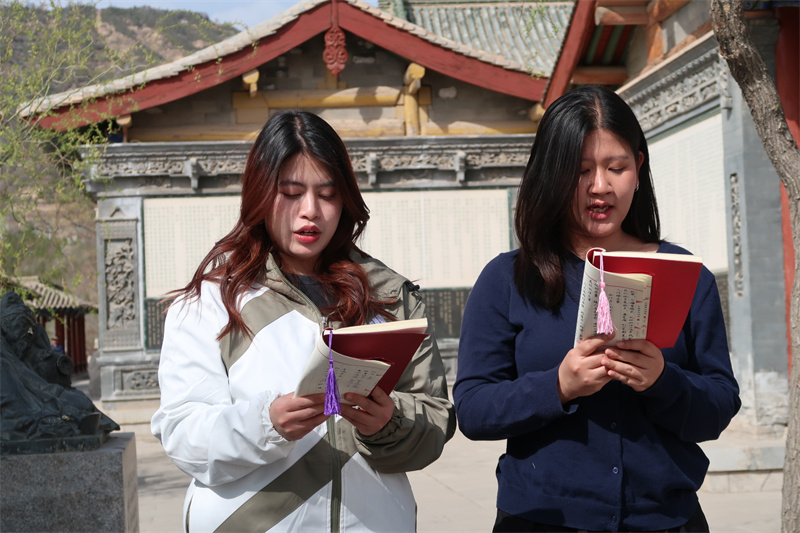
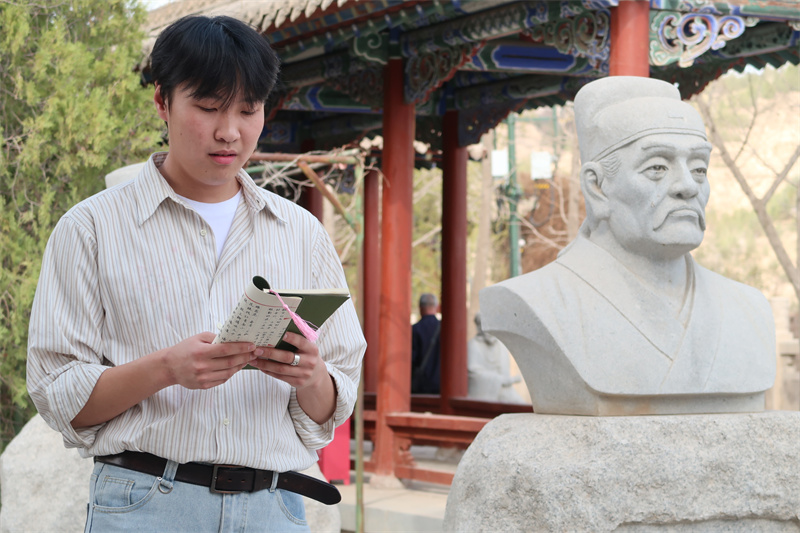
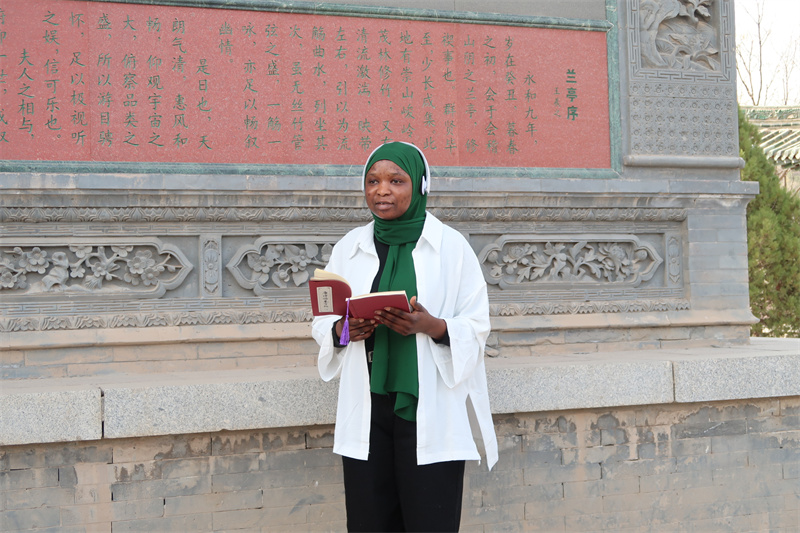
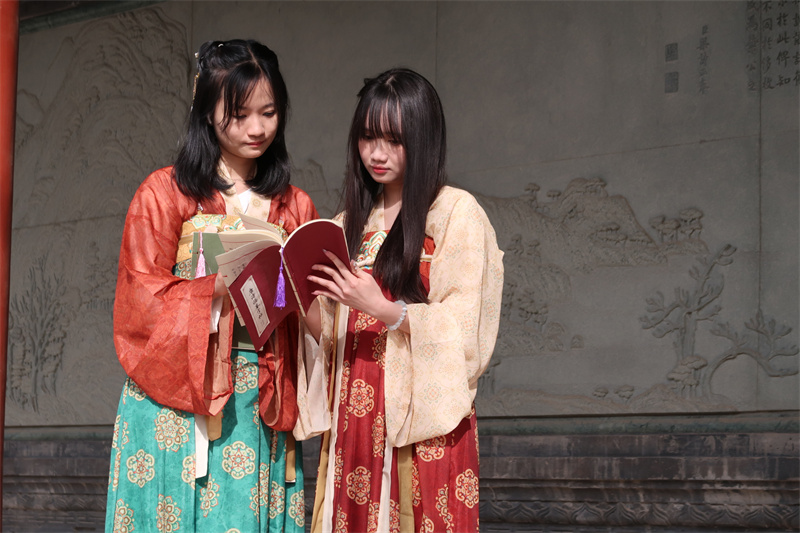
In the calligraphy experience area, the international students concentrated on copying the classic fragments of the “Lanting Preface”. “Although it was difficult to write in running script with a brush for the first time, I was surprised to find that I could recognize most of these characters from more than 1,600 years ago! This feeling of dialoguing with the ancient Chinese is amazing.”
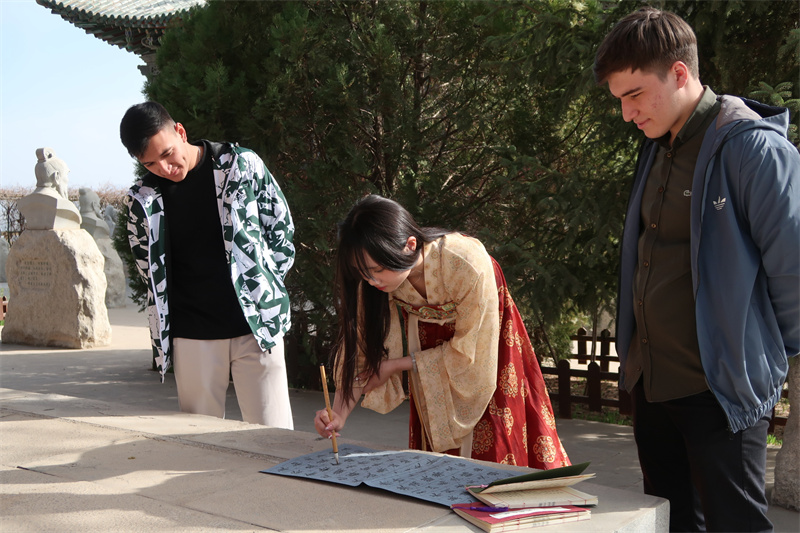
In the short video creation session, foreign teachers and students use the camera to record wonderful moments. Their works will be disseminated through new media platforms to help traditional culture better known to the world. Spreading ancient poems with short videos is like installing an electronic loudspeaker on a thousand-year-old zither. The traditional rhyme has not changed, but the world will hear it more clearly. This link not only shows the infinite possibilities of cultural communication in the new media era, but also makes foreign teachers and students deeply realize that real cultural inheritance requires not only adhering to the essence, but also keeps pace with the times.
The International Chinese Day activities attracted foreign teachers and students from 14 countries to participate. Through various forms, they had an immersive experience of Chinese language and culture. This cultural feast not only rejuvenates the ancient Chinese civilization in the new era, but also makes foreign teachers and students feel that Chinese is not only a tool for communication, but also a cultural treasure that connects ancient and modern times and connects China and foreign countries.
